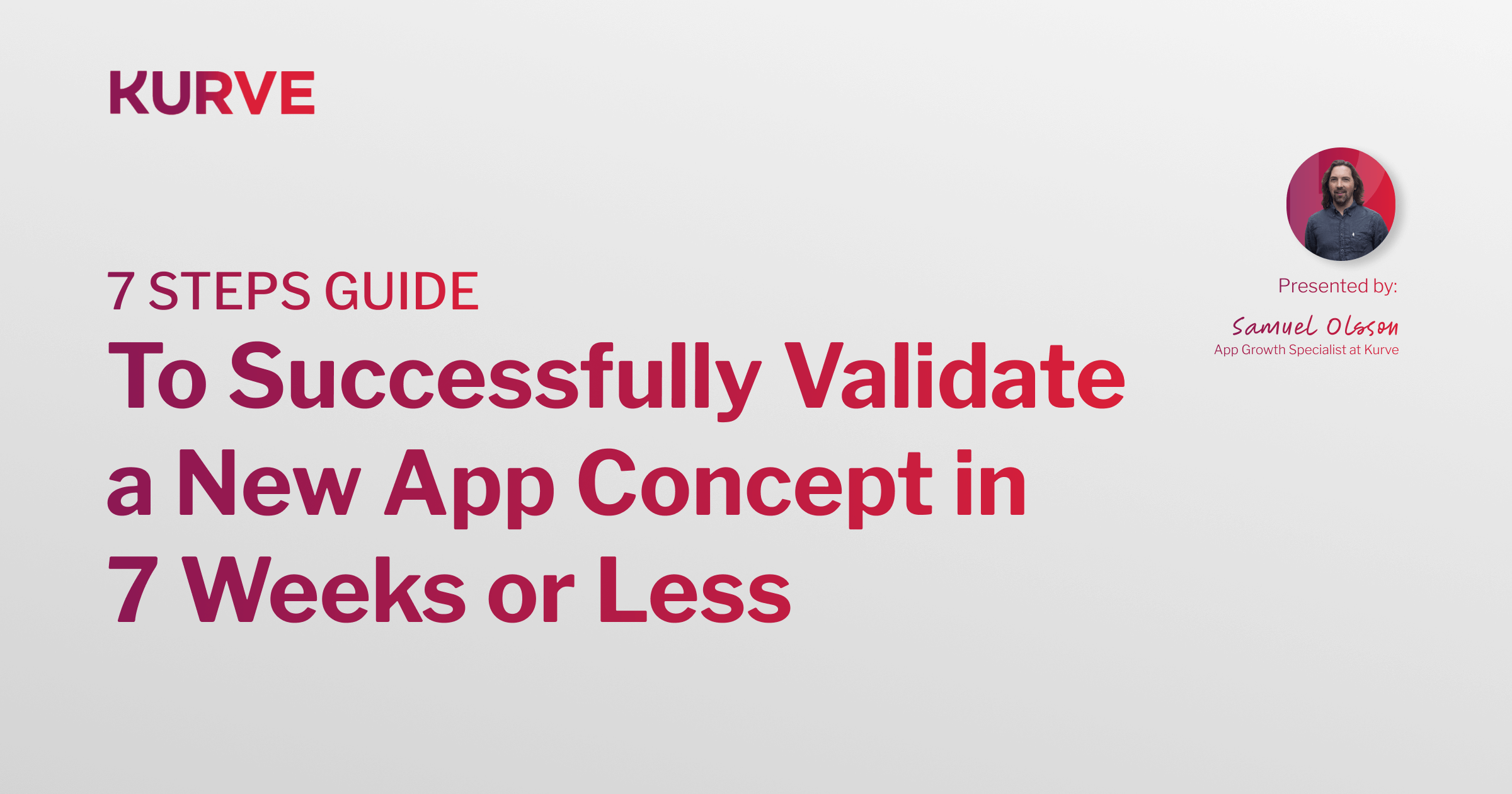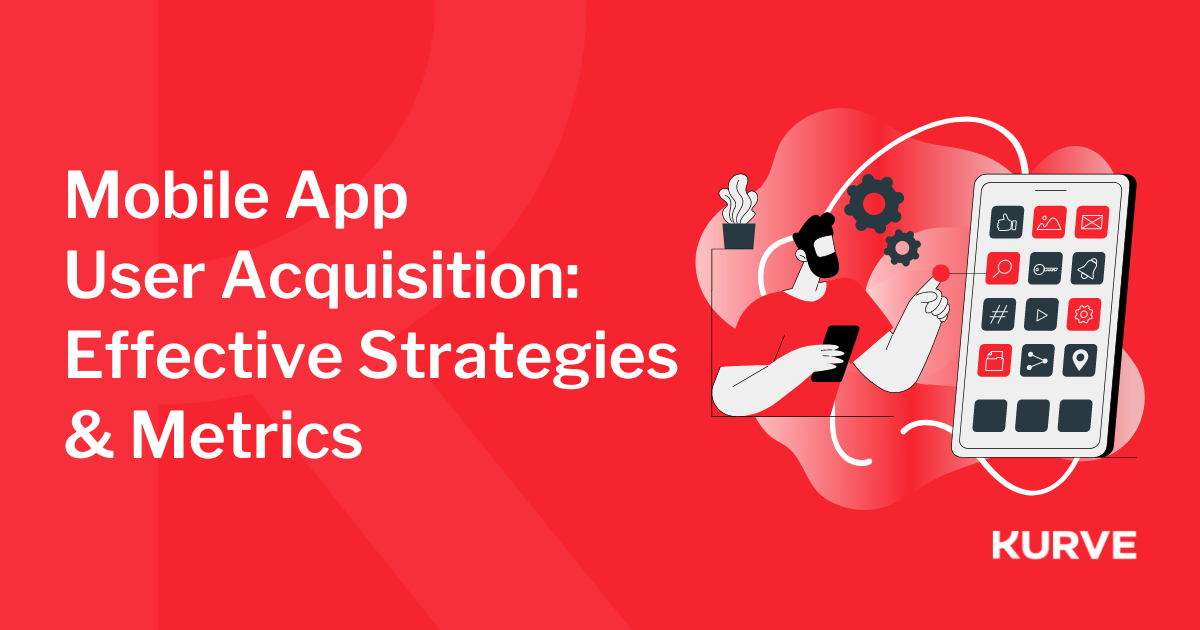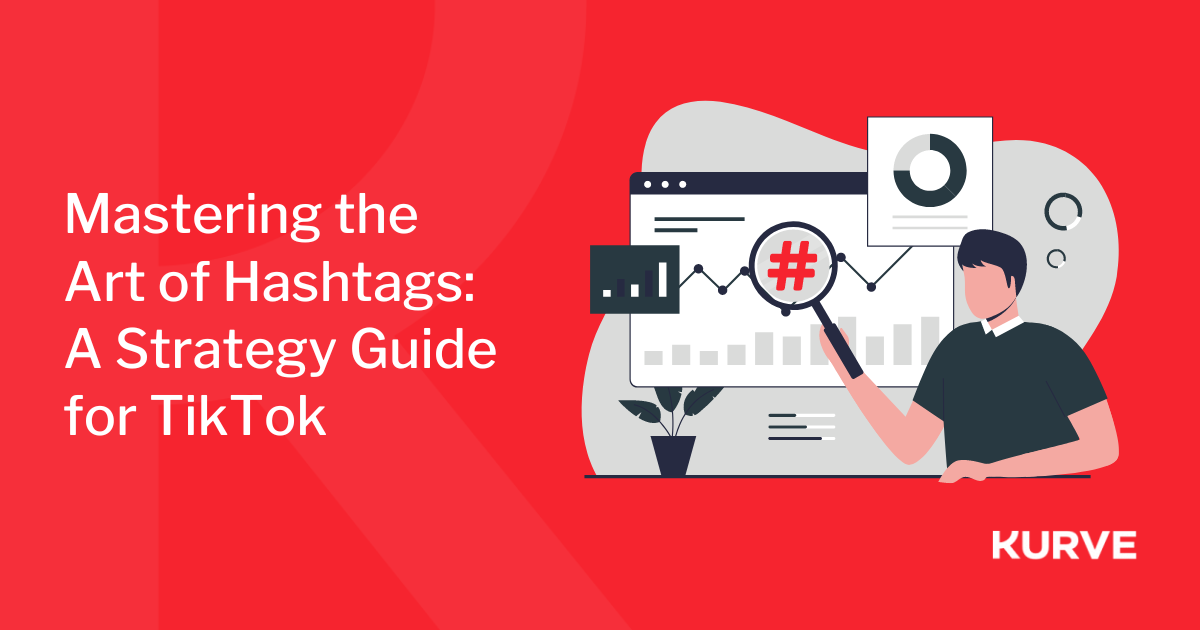B2B SaaS Digital Marketing: 13 Principles
What Are the Principles of B2B SaaS Digital Marketing?
According to Gartner, the Software as a Service (SaaS) market is forecast to be worth in excess of $75 billion by 2020. Heading into 2018, competition is fierce. Innovative startups are responsible for incredible growth, with established corporations hot on acquiring the most promising. This competitive landscape makes it increasingly challenging to reach and compel your target audience. Your SaaS startup needs to stand apart, and adopt an impactful growth strategy. Unfortunately there’s no out-of-the-box solution. Your customers are online, so you’ll need to fill the funnel by using free trial signups, system demos, webinars, whitepapers, and more. Once you’ve made the sale, there’s still work to do. Onboarding is critical, churn rates must be monitored, and retention should become a priority. Marketing a SaaS startup is a relentless pursuit of the next growth milestone. Of course, SaaS marketing shares the same principles as other spheres. Your customers have a problem, and you have the solution. You need to deliver a consistent and compelling message which drives prospects to discover you, convert to a sale, and experience ongoing value. Some digital marketing tactics are effective for SaaS companies, and some aren’t. For example, early-stage SaaS startups will find it difficult to get traction with organic social alone. In this article, I will share some practices that are proven to work, although of course your business will have its nuances. These 13 foundations for SaaS digital marketing will help you create a robust plan for the growth of your B2B startup.
1 - Testing is central
Every successful digital marketing campaign is built on an understanding of what works and what doesn’t. You should utilise testing early to identify the how, why, and what of conversion metrics. An iterative testing methodology is what I bring to every one of my clients. There’s no better way to find your perfect marketing mix and optimise startup growth. American author, salesman, and motivational speaker Zig Ziglar once said: “The first step in solving a problem is to recognize that it does exist.” By pinpointing the areas at which your prospects are falling away, you solve critical issues with your message and value proposition. This, in turn, will enable you to optimise conversion rates and choose the best traffic channel. I recently wrote a comprehensive guide to CRO, in which I share 10 techniques for enhancing conversions. This must be seen in the context of a broader testing methodology.
2 - Goal measurement is critical
Tracking goals is vital to measuring the success of digital marketing channels. This is one of the core points in my piece about fatal startup errors. But you must track the correct goals, and the setup must be bulletproof to allow for meaningful test conclusions. SaaS startups should avoid getting swept up in likes, shares, and retweets. Likewise, traffic can be meaningless. These are vanity metrics, unless tied to business goals. Startup founders must keep their eyes on the prize to measure business-critical statistics, and align them with KPIs. This might include signups, retention rates, lifetime value, user satisfaction, and other key factors.
3 - Growth is necessary
Jeff Sauer wrote specifically of business growth, “if you’re not growing, you’re dying”. Indeed, this is particularly pertinent to SaaS startups. You need traction, and you need it quick. Luckily, the infrastructure is in place for you to catapult user acquisition through digital channels. You need growth to generate all-important revenue, but it’s also important to keep learning about customers and the ways in which they interact with your product. A larger user base gives you more data to play with, and enables the product’s integration with CRM and marketing automation. Fast-growth is key to long-term success in this field. In the B2B SaaS arena, it’s feasible to build a large user base quickly by using the right channels in the most effective way. Also read: A startup’s guide to marketing automation
4 - Waste is criminal
Funded startups are in an enviable position, one which many bootstrapped competitors wish they could emulate. Unlike those involuntarily lean startups, you have budget to spend on marketing. It’s wise to remember that this budget is finite, and funded startups still need to be resourceful. Trial and error must have an end-goal. Guesswork must be kept to a minimum. Informed decisions based on evidence and experience should be the norm. All activities should be underpinned by research, with a comprehensive understanding of audience. Tests can be expensive, and mistakes will be made, but the value is in learning more and refining as you progress.
5 - The customer journey is everything
To optimise conversions, you must reduce friction throughout the customer journey. By utilising test results, you can identify the areas in which prospects are dropping off, and ascertain the reasons why this is happening. Here are some suggestions:
-
Perhaps you’re overwhelming people at the top of the funnel? Try cutting your copy and using a snappy explainer video to introduce the solution
-
Perhaps your free trial is too short. Or maybe you’re asking for credit card details up-front? Try lengthening the trial and loosening up the trial process.
You need to achieve a frictionless customer journey. This requires you to navigate all sorts of nuances according to your given situation, but it will pay-off with higher conversions, smoother onboarding, and better retention.
6 - Onboarding is key
Onboarding new customers is key to the success of any SaaS business, but many can fall away during this stage. It’s therefore incredibly important that you keep these customers engaged. One of the best methods of doing this is through marketing automation. For example, automated email campaigns will educate leads and give them a deeper understanding of your platform. You can deliver pertinent content at the right times, and track in-product events to trigger certain automated responses. No matter how simple your software is, users need to expend mental energy to navigate a new interface. This takes effort, which is a barrier in itself. Stay front of mind, and get them hooked into the benefits that your software offers. App startups might favour a push-notification. In one study, sending just one onboarding-focused push notification to new customers during their first week increased retention by 71% over two months.
7 - A responsive and user-friendly website
This is basic, but critical. Your website is the beating heart of your SaaS growth marketing campaign. It cannot be treated as an afterthought. People won’t stick around if your site isn’t optimised and responsive, and Google will render you useless for mobile devices if the site isn’t mobile-friendly. Web users are frazzled. According to a recent report, 41% of people (and 33% of millennials) feel overwhelmed by the vast quantity of content on the internet. In this environment, it’s critical to be clear and concise, otherwise you risk losing being victim of an unprecedentedly short attention span. If you plan to use social advertising for your SaaS brand, install the Facebook Pixel, Twitter Website Tag, and LinkedIn Insight Tag for future audience targeting. These are essential for remarketing.
8 - Evangelism has an impact
A brand evangelist is a person who believes in your product so passionately that they promote it to other like-minded individuals without compensation. Many successful SaaS brands have been built on the power of evangelism and community. This natural enthusiasm is infectious, and provides an unbeatable boost to your marketing activities. Take, for example, Moz Associates. This is a group of industry experts who contribute time and effort to the Moz community. They answer user questions, write articles and how-to guides, and make product suggestions. Similar initiatives have been implemented at Xero, Salesforce, QuickBooks, and countless other SaaS brands around the world. Work closely with early adopters and reward them with preferential treatment, advanced membership benefits, first access to new features, and more. Build brand affinity and let them generate your buzz.
9 - Gated content fills the funnel
Gated content is a powerful weapon when it comes to generating qualified leads. In short, gated content is a piece of content hidden behind a contact form. Prospects can only acquire the content in exchange for their contact information, job title, company name, etc. It’s something of a win-win; the prospect receives valuable information, while you receive valuable details. This allows you to nurture a warmer lead with additional targeted communication. Not sure if you have content suitable for gating? HubSpot - no strangers to gated content themselves - have created this handy flowchart.
10 - Expertise will differentiate
In the vast and competitive world of SaaS, it’s highly likely that your startup isn’t 100% unique. You will have competitors offering something similar to your own solution. This means you need to find a way to differentiate your product or service from the rest on the market. One of the best ways of doing this is to position yourself as a thought-leader, thus representing your brand as one of the industry forerunners. This takes insight, expertise, and hard work. Create and publish content that adds value to your users; tell stories that humanise your brand; and share your expertise to help customers overcome key business challenges. Also read: What is a journalistic approach to content marketing?
11 - “Free” isn’t a dirty word
I can’t tell you how extremely difficult it is to persuade someone to part with their hard-earned cash. This challenge is made easier by giving them a window into the painless world that exists if they do so. You need to give the lead a taste of what they can expect, and a vision of how you add value. With that in mind, don’t reject the idea of a free trial - or even a free version of your product. In the digital marketing world, Ahrefs does this very well. Remember, the goal is to get the sign-up. Thereafter, you can work on monetising each user further. This works for many SaaS companies, and for good reason.
12 - Roll with the punches
The sales cycle for SaaS is typically shorter than you’d expect for typical B2B. Some prospects will dig their heels in, but this shouldn’t dilute your ambitions or delay your growth. Roll with the punches, and be ready to inform and reassure on an ad-hoc basis for qualified leads that are uncertain or unconvinced. You might lose sales because leads aren’t ready to commit, but this isn’t cause for ripping up the plan and starting over. Continue to test your content and channels, monitor growth, and iron out the customer journey. There will be obstacles along the way, but it’s how you react to these that separates the winners from the losers.
13 - Sell the benefits
People aren’t interested in your business. They are interested in how you add value, and how your existence benefits their everyday lives. Your SaaS offering is only useful if prospects understand the life-changing aspects of your product, and perceive it as worthy of consideration. You might be excited by the technology that underpins your solution, but customers are only interested in what it delivers. Don’t get caught up in selling the features. Focus on the benefits, and tap into how the solution has a real impact on your audience’s lives. Features need to be secondary to the fact that your platform saves money, makes money, saves time, or makes your customers’ lives easier. It really has to be that simple and clear cut; resist the temptation to lead with acronyms or references to overly technical aspects of the platform. For the most part, nobody cares.
Summary
With technology constantly evolving, the B2B Software as a Service market is expanding at a rapid pace. But the principles outlined in this article will remain relatively static. If your product has established its market fit and is ready for high-velocity user acquisition, you need to select the right growth channels, optimise the customer journey, and nail the onboarding process. The philosophy of iterative testing should be the umbrella for your SaaS startup growth strategy. Therefore, tracking and attribution must be bulletproof. Provided you have established demand and identified your audience, the tools are in place to make an impact on your market.


